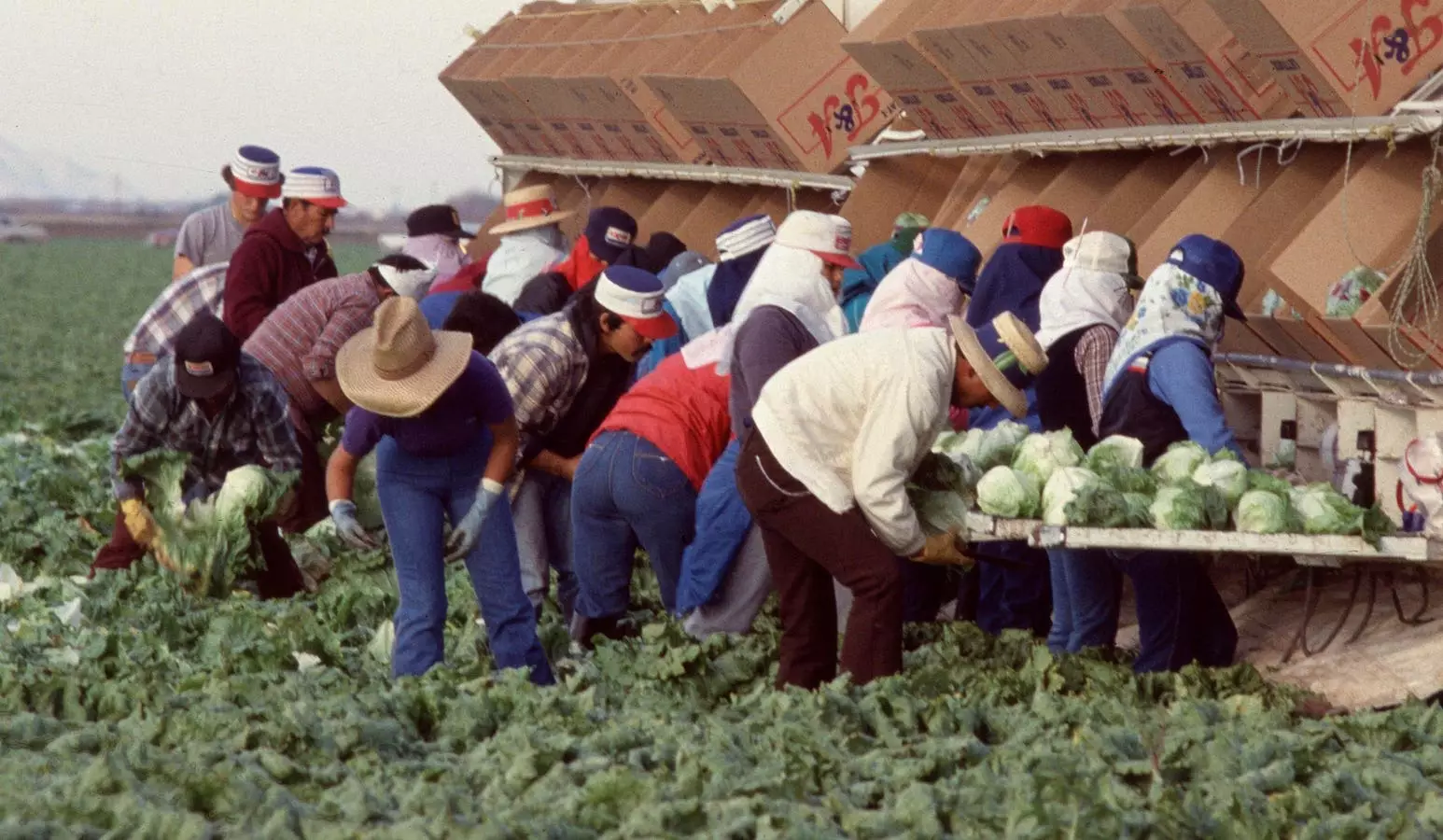Amidst mounting political pressures and evolving policy landscapes, America’s food industry stands at a pivotal crossroads that could reshape its operational future. The ongoing push to deport millions of undocumented agricultural, meatpacking, and processing workers threatens not only the stability of supply chains but also the foundational economic model that has underpinned the industry for decades. This situation exposes systemic vulnerabilities—reliance on a clandestine workforce and a scarcity of domestic labor—that must be addressed head-on. The industry’s current predicament underscores the urgent need for a paradigm shift: instead of merely reacting to policy disruptions, stakeholders should proactively harness this challenge as a catalyst for groundbreaking transformation.
It is inaccurate and naive to assume that simply replacing undocumented workers with unemployed Medicaid recipients offers a viable solution. Such proposals fail to recognize the reality of labor demands—physically demanding, often longstanding rural jobs that require specific skills, resilience, and dependability. The math simply doesn’t add up; a significant shortfall in available, willing, and capable domestic workers will persist, especially in sectors necessitating manual craftsmanship, such as fruit picking or red meat processing. This workforce crunch reveals a broader truth: the industry’s overreliance on vulnerable labor sources leaves it exposed to political and social upheaval that can cause catastrophic disruptions if not addressed innovatively.
Impact of Automation and Technological Innovation
Faced with persistent labor shortages, the industry’s future hinges on its willingness to embrace automation—not as a short-term fix but as a strategic overhaul of traditional practices. Current automation efforts, though promising, are often hampered by high costs and technological limitations. However, this crisis presents a compelling argument: continuous investment in robotics, artificial intelligence, and smart machinery is not just advantageous but essential to ensure supply stability and cost control.
Leading industry voices, like farm operators and processing plant managers, acknowledge that automation is a complex, iterative process. Precision agriculture, robotic harvesters, and automated packing lines are increasingly becoming critical investments. While initial costs may be formidable, long-term benefits—cost savings, increased consistency, and resilience to policy shocks—far outweigh the hurdles. Moreover, fostering innovation in workforce training and technology integration can bridge current gaps, enabling a hybrid model that combines human expertise with robotic efficiency.
Strategic Policy Reforms and Industry Adaptation
Policymakers have an opportunity to turn this potential disaster into an inspiring blueprint for sustainable growth. Expanding lawful guest-worker programs like H-2A, streamlining application processes, and increasing capacity are all necessary steps to stabilize the labor market. These reforms would not only ensure an adequate workforce but also create a legal and ethical foundation for industry growth.
Furthermore, a forward-thinking approach involves substantial investment in rural workforce development. Initiatives such as vocational training, community engagement, and attracting younger generations into agriculture and food processing can create a sustainable, domestic labor pipeline. These efforts, combined with technological investments, would help ease industry dependence on undocumented labor and reduce the risks associated with immigration enforcement.
The industry should also advocate for policies that balance immigration enforcement with economic needs, emphasizing the importance of critical sectors and the potential risks of workforce destabilization. A collaborative approach—government, industry, and community stakeholders working in concert—can foster innovations that secure both the livelihoods of rural workers and the stability of the nation’s food supply.
Reimagining the Future: From Crisis to Opportunity
Rather than succumbing to despair over the current upheaval, the food industry must leverage this moment to catalyze meaningful change. The disruptions caused by immigration enforcement and Medicaid policy shifts challenge the status quo, compelling industry leaders to reimagine their models of production, labor, and technology.
Successfully navigating this transition hinges on bold leadership and strategic foresight. Companies that proactively adopt automation, push for supportive policies, and invest in workforce development will not only withstand short-term shocks but emerge as resilient pioneers in a redefined agricultural landscape. The ultimate goal should be a sustainable, ethical, and technologically advanced food supply chain that can adapt to future challenges—be they geopolitical, environmental, or economic.
This leadership requires a departure from complacency and a willingness to view adversity as an opportunity. Embracing innovation and fostering collaboration between policymakers and industry players can forge a more resilient and equitable food system, benefitting consumers, workers, and investors alike. The coming years will test the industry’s capacity for resilience, adaptability, and visionary thinking—traits that, if harnessed properly, could transform a looming crisis into a landmark moment of progress.


Leave a Reply